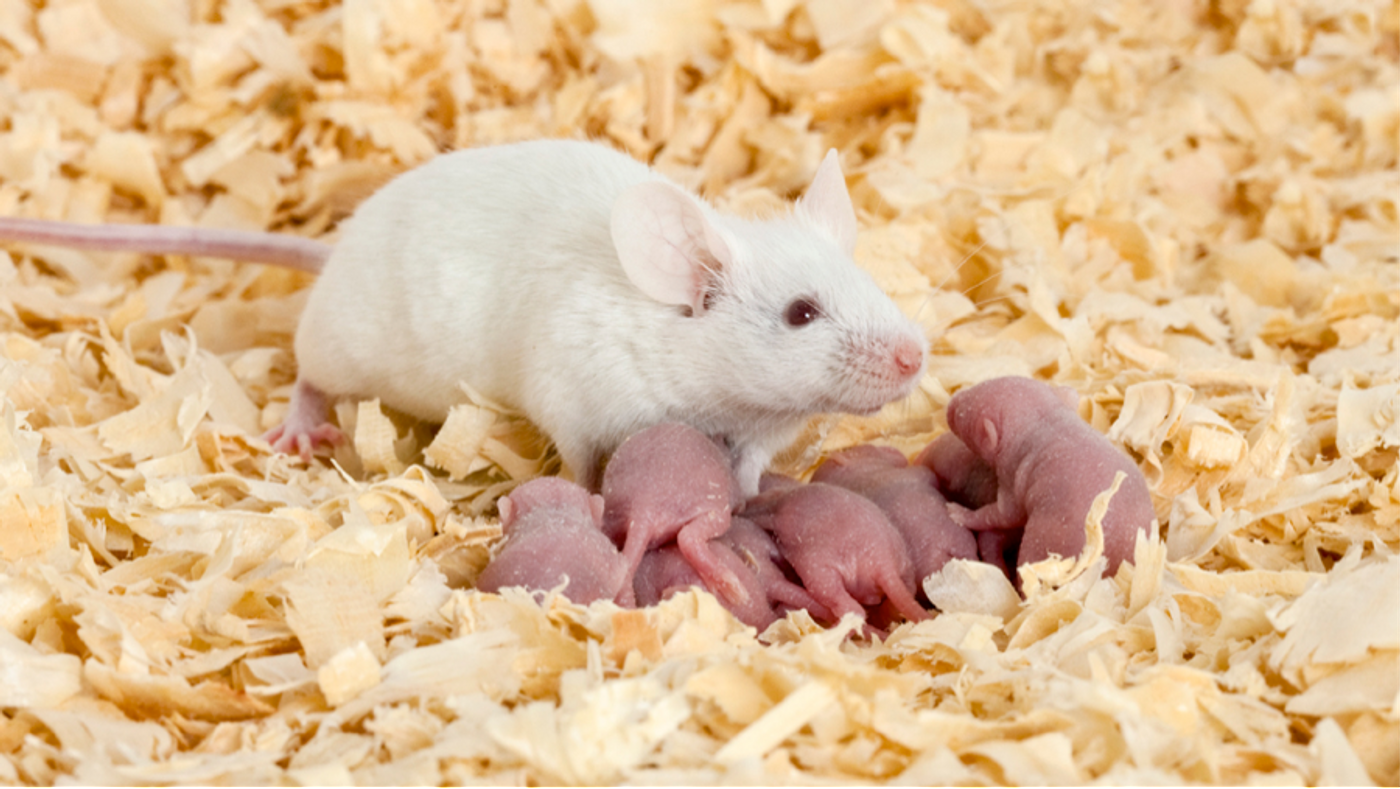Three-dimensional (3D) printing technology continues to amaze and astound the medical field as researchers find more ways to engineer human tissues in the lab. Just last year, a man received the first ever
3D-printed ribs and sternum. And earlier this year, 3D printing helped a toddler get a
new kidney.
Following the steps of these remarkable achievements, researchers from Northwestern University have also claimed a “first” for themselves. Using 3D printing, they created a prosthetic ovary, which, when transplant in mice without ovaries, resulted in live, healthy pups. The results were recently presented at the
Endocrine Society’s annual meeting in Boston.
The prosthetic first started as a 3D printed scaffold made out of gelatin, a substance found in animal collagen. Though it sounded simple enough, the researchers had to tinker with this process many times to achieve a scaffold that was rigid enough to be transplanted, but flexible and spacious enough to house the immature eggs, also known as oocytes. Once the team succeeded in printing a scaffold of the right size and rigidity, they seeded it with ovarian follicles, structures that provide support for maturing eggs and produce estrogen.
The bioprosthesis, as it is termed, was then implanted into mice missing ovaries. These mice eventually ovulated and succeeded in birthing healthy pups without little reported complications. The team found the implanted bioprosthesis integrated well in the mice and was able to support the growth of blood vessels without additional external help. Furthermore, the implanted ovaries also restored the mice’s estrous hormone cycle.
The 3D printed prosthesis is expected and hoped to be translated to women. "We developed this implant with downstream human applications in mind, as it is made through a scalable 3D printing method, using a material already used in humans," said Monica M Laronda, lead study author. "We hope to one day restore fertility and hormone function in women who suffer from the side effects of cancer treatments or who were born with reduced ovarian function."
In the US, it’s estimated that 1 in 250 adults are survivors of childhood cancers. And while these people may have beaten the cancer as a child, the anticancer treatments that they endured are more likely to increase the chance of infertility. As such, treatments like the bioprosthesis renew fertility hope for these patients, particularly those suffering in producing eggs or hormones. Promising as it is, the 3D printed ovary prosthetic has many years before it will become a reality for women.
Additional source:
Gizmag









